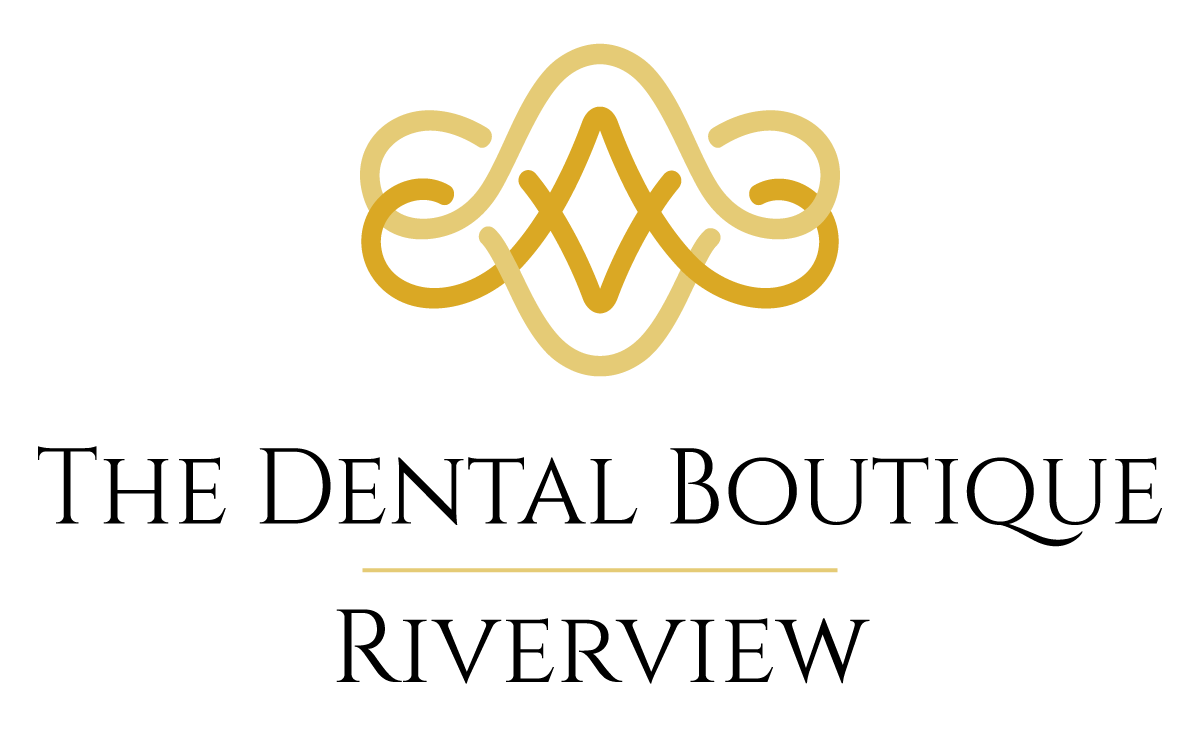Zoom Whitening: How It Works, Safety, and What Results to Expect
If your smile looks a little dim in photos, you’re not imagining it—coffee, tea, red wine, and time all leave color behind. Zoom whitening is an in-office treatment designed to lift those stains quickly and safely. Here’s a plain-English walk-through so you know what happens, what it feels like, and how to keep results bright.
What Is Zoom Whitening, Exactly?
Zoom is a professional whitening system that uses a concentrated gel and a specialized light to speed up stain breakdown. Your lips and gums are protected, the gel is placed on teeth, and the light activates the process in short cycles. Because the setting is controlled and the gel is strong, you can see several shades of improvement in about an hour.
Who’s a Good Candidate?
If your teeth and gums are healthy and you’re looking for a faster, deeper result than take-home trays alone, you’re likely a candidate. Internal stains from trauma or certain medications may not respond as dramatically; your dentist can set expectations or recommend alternatives like veneers for those teeth.
What the Appointment Feels Like
You’ll start with a shade check and photos. After protecting your gums and lips, the whitening gel goes on and the light is positioned. You’ll relax in the chair while the gel works in cycles, usually 15 minutes each. Most people feel warm light and mild tingling. Temporary sensitivity is the most common side effect; desensitizing gel or fluoride varnish at the end often helps.
How Many Shades Lighter?
Results vary, but many patients see a visible jump—often several shades—in one visit. Deep, long-standing stains may need a combination approach: one in-office session followed by a few weeks of custom trays at home to “lock in” changes and even out details.
Safety and Research
Professional whitening has been studied for decades. When supervised, peroxide-based gels are safe for enamel and gums. The American Dental Association notes that sensitivity and gum irritation are usually temporary and manageable. Zoom’s isolating barriers and precise gel placement minimize soft-tissue contact so you get the upside without the drawbacks of DIY strips on sensitive areas.
Benefits (Backed by Dental Literature)
•
Speed: In-office systems deliver faster shade changes because gels are stronger and applied under isolation.
•
Custom control: Your dentist can adjust gel strength, cycle length, and desensitizers to fit your mouth.
•
Even color: Professional whitening reduces streaking or patchiness compared with over-the-counter options.
•
Confidence boost: A brighter smile often encourages better daily habits—more brushing, fewer stain-heavy drinks.
Aftercare: Keep It Bright
For the first 24–48 hours, enamel is more receptive to color. Follow a “white-shirt diet”: water, milk, plain chicken, white rice, bananas. Skip dark sauces, coffee, red wine, and berries. If coffee is a must, drink it through a straw and rinse with water right after. Long-term, rinse with water after staining foods and brush twice daily with non-abrasive toothpaste.
Sensitivity: What’s Normal and What Helps
Mild “zingers”—a quick twinge here and there—are common for a day or two. Use a toothpaste for sensitivity for two weeks before whitening and continue afterward. Avoid ice-cold drinks right after treatment. If you’re prone to sensitivity, your dentist can tailor the protocol: shorter cycles, more breaks, or a desensitizing varnish at the end.
What Zoom Can’t Do
Whitening changes natural enamel, not ceramic or composite. If you have veneers, crowns, or tooth-colored fillings, their shade won’t change. If you plan to update any of those, whiten first, then color-match new restorations to the brighter shade. Brown or gray bands from tetracycline staining can lighten, but often need combined in-office and at-home plans—and sometimes cosmetic layering afterward.
Where Stains Come From (and How to Outsmart Them)
Dark beverages—coffee, tea, cola, red wine—carry chromogens that cling to enamel. Acidic drinks open enamel pores so pigments soak in more easily. Tobacco adds another layer of brown. You don’t have to quit everything you enjoy; pair dark drinks with water, use a straw when possible, and keep sips to mealtimes instead of all day. Your saliva needs time between exposures to repair.
Zoom vs. Take-Home vs. Over-the-Counter
Zoom (in-office): Fastest jump in shade, best for events or a quick reset, supervised for safety.
Custom take-home trays: Slower but steady. Great for fine-tuning after Zoom or for people with sensitive teeth who prefer lower-strength gels over 1–2 weeks.
Over-the-counter strips: Budget-friendly, but one-size-fits-all. Gel can touch gums and miss curved areas. Good for light refreshes, not heavy lifting.
Many patients choose a hybrid: Zoom for the jump, custom trays for small monthly touch-ups. That combo keeps the glow without constant appointments.
Who Should Wait or Modify the Plan
Active cavities, gum inflammation, or untreated cracks should be handled first. Pregnant or nursing patients should postpone whitening. If you wear bonded retainers or have many fillings at the front, your dentist will customize the plan so colors match nicely at the end.
The Takeaway That Matters
Whitening isn’t a one-time miracle; it’s part of a bigger routine. Professional care, smart habits, and touch-ups when needed keep your smile bright—without overdoing it.
Ready to brighten up? Schedule a Consultation with The Dental Boutique at (813) 252-2273. We’ll check your teeth and gums, map a whitening plan, and send you out the door with a lighter, fresher smile.
Share This Post

